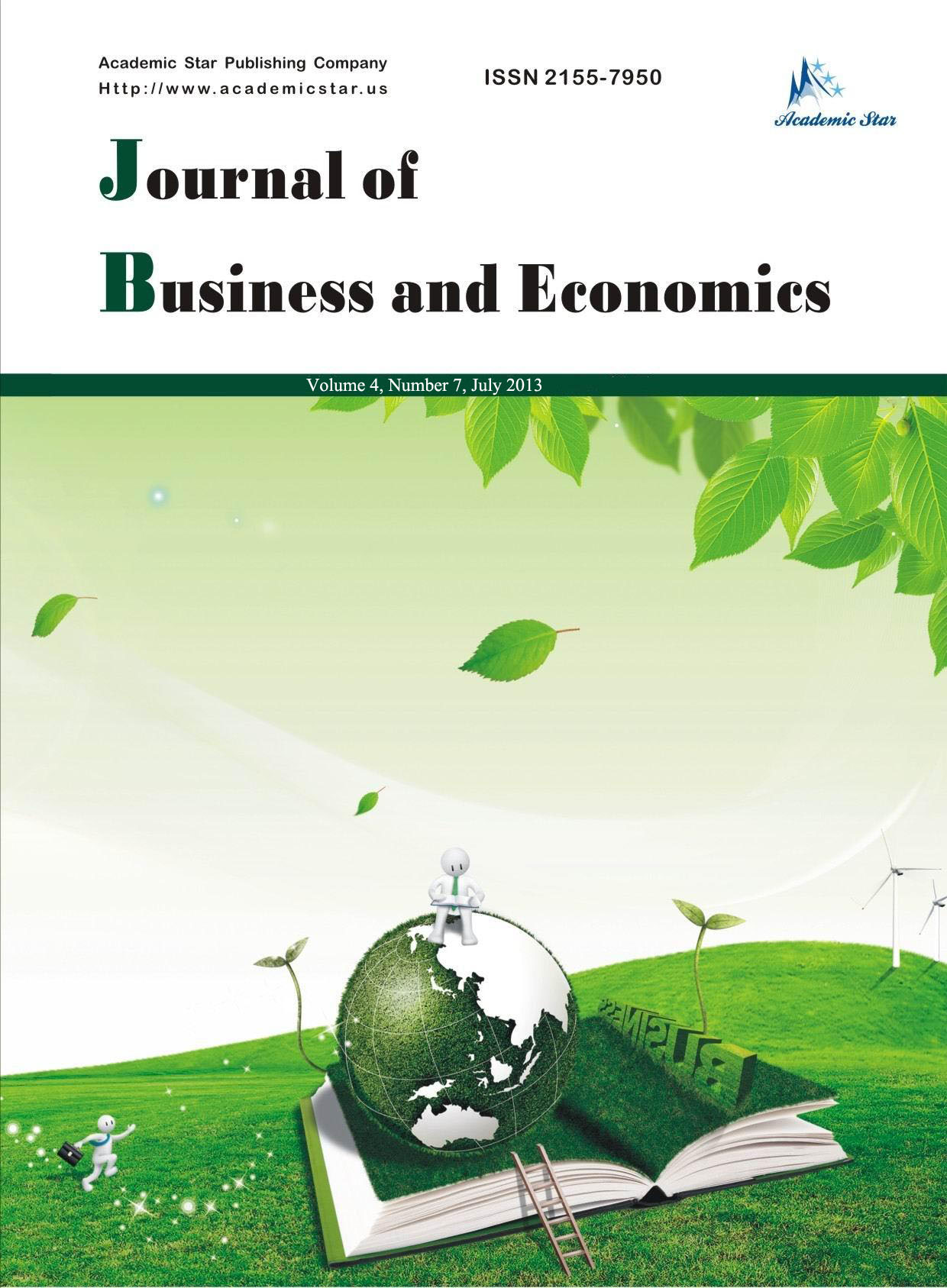
- ISSN: 2155-7950
- Journal of Business and Economics
Profitability in Doses of Vermicompost for the Organic Package in Jitomate Culture, South of the State of Mexico
(Autonomous University of the State of Mexico, Mexico)
Abstract: According to sustainable agriculture, the application of vermicompost is a new path to environmental protection in contrast to technological agriculture which causes pollution to the environment and organisms. The objective of this research was to verify if any treatment can replace, in the economic aspect, inorganic fertilizations based on N, P, K in tomato cultivation. For this purpose in the spring/summer 2018 agricultural cycle, five treatments were proposed, which were applied in the Cid Victoria hybrid, in greenhouse. The treatments (T) were. T1: inorganic fertilization (24 kg of N, P, K, Ca), T2: solid Vermicompost -sv- (126 kg) + liquid vermicompost -lv- (126L). T3: 208 kg: sv + 208L of lv. T4: 250kg sv + 250L of lv and T5: 416 kg sv + 416L lv. The treatments used a randomized block design in 6 repetitions. The statistical results report significant differences in two variables. Financially speaking, T3 treatment showed greater efficiency than the other treatments, with 208 kg of solid vermicompost and 208L of liquid vermicompost, since the obtained NPV fluctuated between $48,000 to $ 720,000 related to the value per kg of tomato from $6.0 to $20.0 depending on the variation thereof. BCR from 1.2 to 2.77. The breakeven point reduced its value from $12,000.00 to $10,000.00 and in a percentage from 12 to 4.
Key words: net present value; internal rate of return; sustainability, income
JEL code: E31






